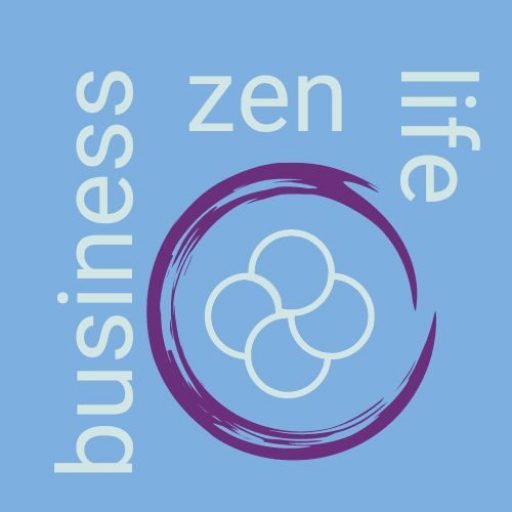Generative AI has opened Pandora’s box. It allows us to mimic the artistic styles of great artists and allows us to paint like Van Gogh, write like Shakespeare, and sculpture like Michelangelo. It enhances our creative capabilities but also introduced mass production into content creation. This will change the internet as we know it in an unpredicted way.
Internet as a gamechanger
The internet was initially built to share information, fostering the idea that sharing knowledge can lead to new discoveries.
With blogging and newsletters came the idea that there are people subscribing to what we have to say and the ideas we share. It allowed us creatives to connect directly with our audience and pushed the gatekeepers aside.
Then social media platforms evolved. The original idea behind social media was to enable us to enable us to connect with people all around the world who had common interests- But then a shift happened as the platforms realized that they could monetize on the data the users put into the system. User-generated data became a commodity for big tech companies, where we – the users – became the product.
Generative AI was trained on publicly available data. Int the time we were sharing our content on the internet, nobody would have thought of a technology that could mimic us perfectly.
When I ask a generative AI to paint like Van Gogh, it must understand who Van Gogh was and his unique style.
As it enables us to create art in the style of anyone that we can think of, this raises the question of copyright issues. Who is the owner of the content? Is it the ai model? The person who entered the prompts? The creator of the original content? The tradition copyright laws do not apply anymore to this situation anymore.
Mass production of creativity
As generative AI became more sophisticated, it reduced the time and effort we need to create a piece of content significantly. This allows us to create things much faster and produce much more. Mass production has entered the realm of content creation.
Now we are able to customize our content to different demographics within a few klicks. But also when the production cost come down a market is flooded with cheap copies and the prizes will go down.
It will make it much harder to sustain ourselves on our creative work.
How do we, as creatives and content creators, respond to this evolution
Generative AI is transforming our creative landscape, challenging us to protect our uniqueness and build genuine connections. Three key trends will emerge: protecting our intellectual property, build our own digital twin and cultivating a minimal viable audience.
Creators will safeguard their original work. While some content remains accessible to all, creators may hide their most valuable creations behind some sort of paywall. Not to monetize on it but to prevent AI from learning their unique styles.
Some of us will create a digital clone of ourselves based on all the content we have created. This is already happening. We are creating a bot that is trained on our own data and is running in a private environment. We will offer access to our ideas, knowledge, and thought process to our premium customers. They can interact with it in new ways, can ask questions and this bot can answer that on our behalf. It enables our audience to interact with us in a more interactive way.
There will be a renaissance of the analogue. Human connections, heart-to-heart interactions, and the tangible value of craftsmanship are irreplaceable. People seek authenticity and the story behind the creation, not just the end product. Not everybody, but the one who cares.
Building a dedicated audience that values our work becomes essential. It’s about serving those who resonate with not only with our content but also with us – the creator.
Take, for instance, a Japanese blacksmith crafting traditional katanas. The painstaking process, time, and dedication invested in creating something unique resonate with people. They appreciate the journey, not just the sword.
For me as a photographer, it’s no longer solely about the images I produce. It’s about creating an experience, going through a process, and connecting with my audience on a personal level. The connection between us as creators and our audience becomes our primary product.

